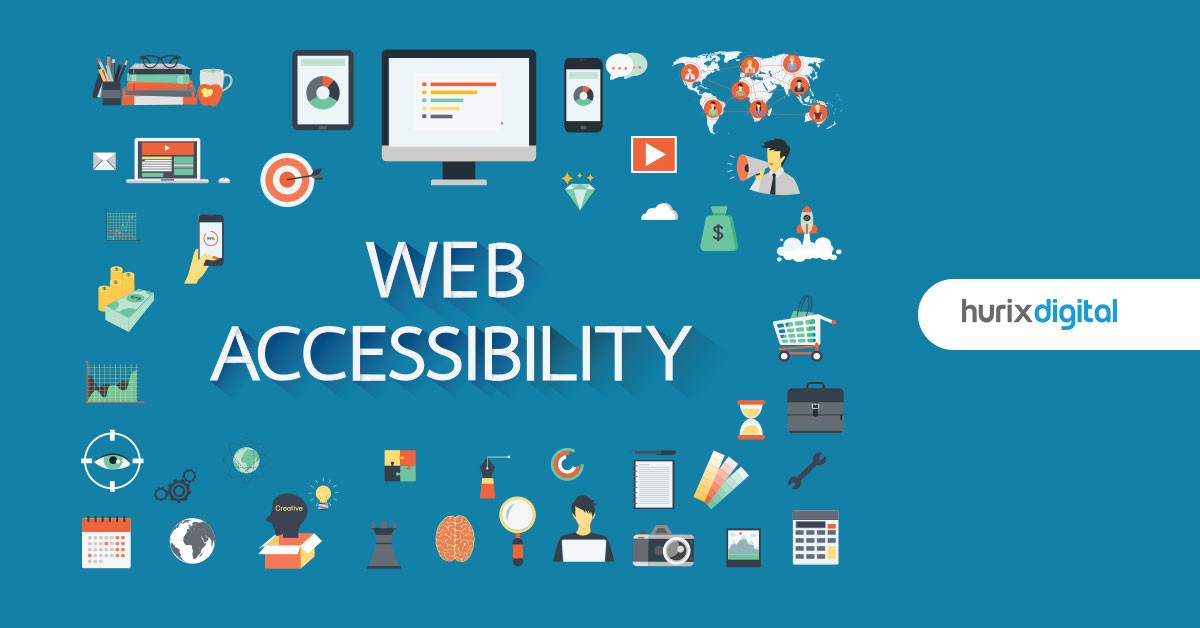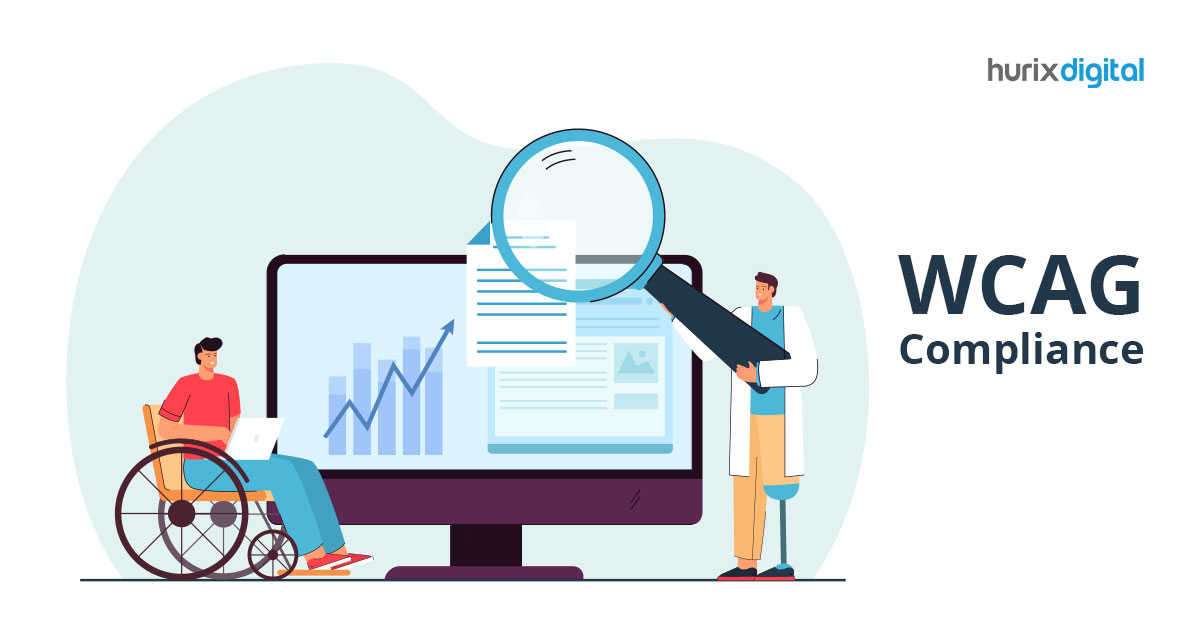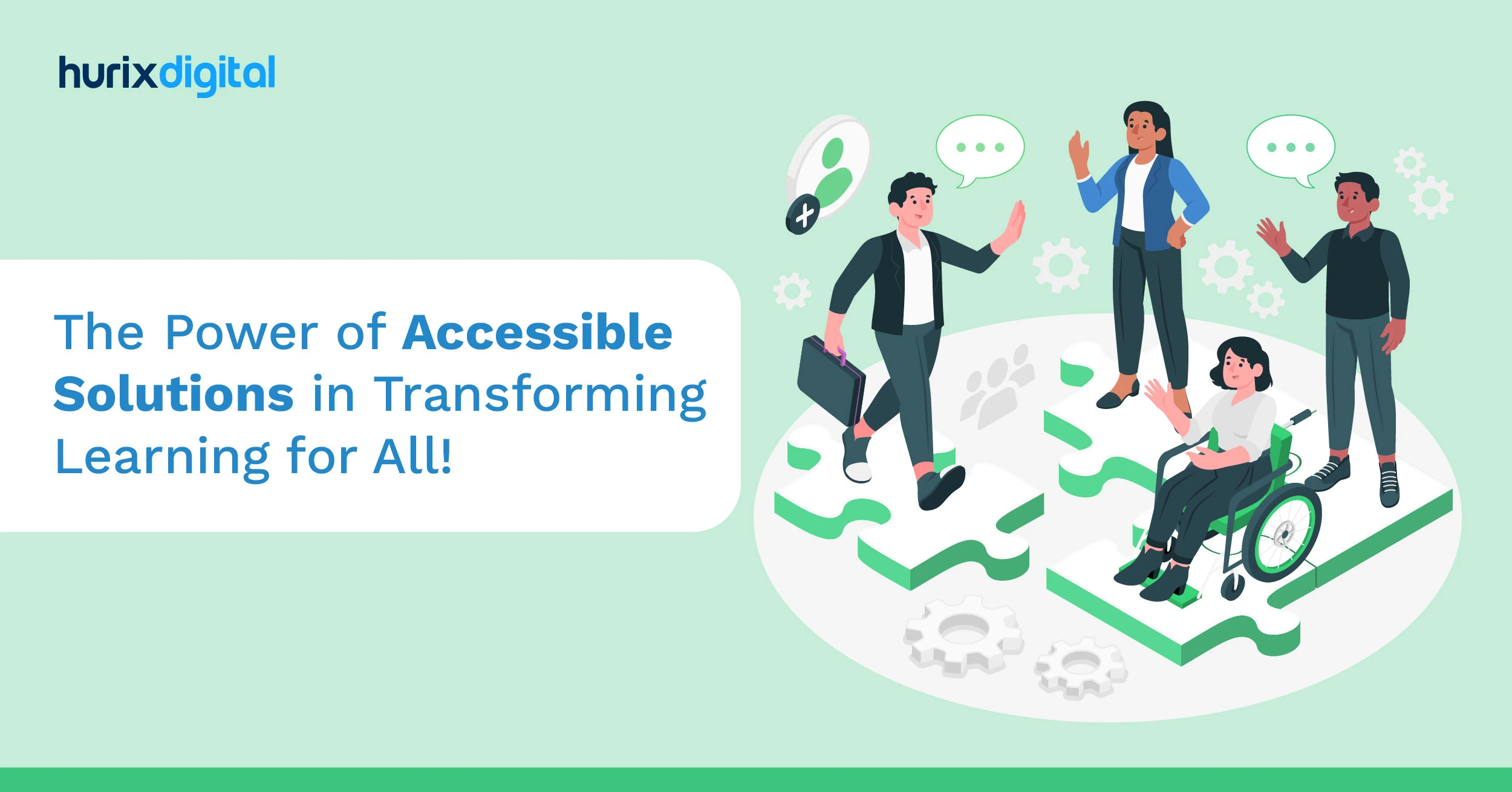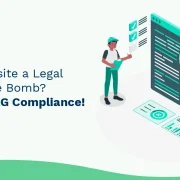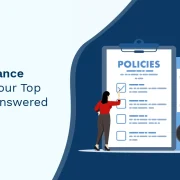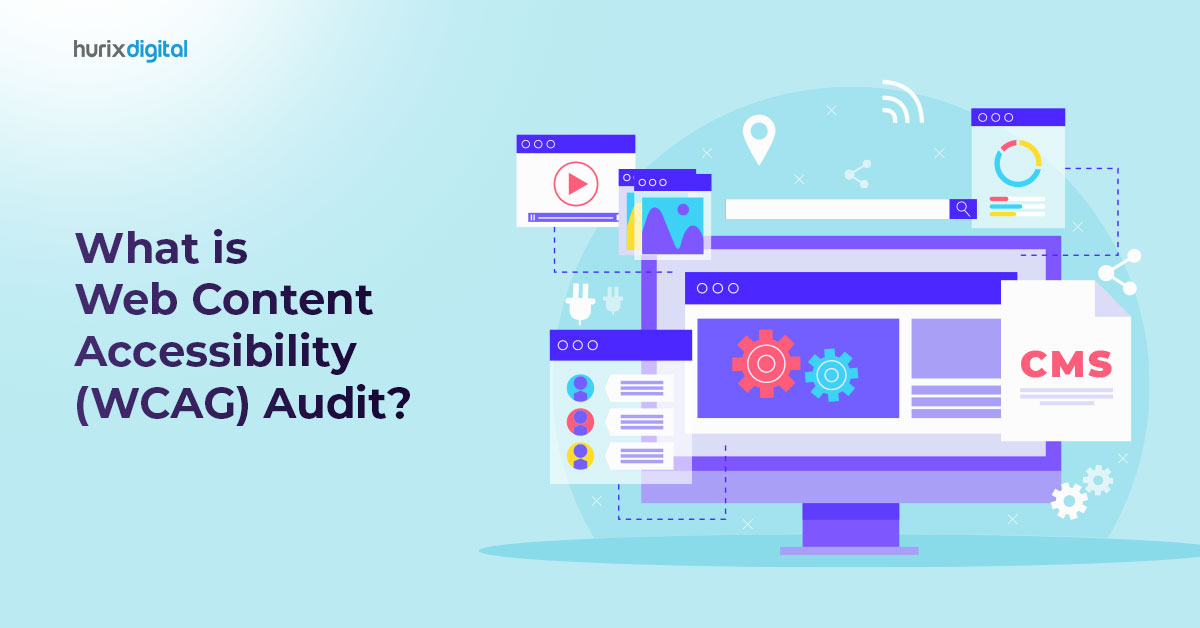
What is Web Content Accessibility (WCAG) Audit?
Summary
This blog highlights WCAG accessibility guidelines and provides a framework for making web content accessible to people with disabilities. Organizations can ensure website accessibility by conducting WCAG audits to evaluate compliance.
Approximately 1.3 billion people worldwide have some form of disability. People with disabilities often face barriers to equal participation in social activities.
Consequently, web accessibility is imperative in ensuring all individuals can access and use web content regardless of their abilities.
Additionally, web accessibility is also a matter of social responsibility. Inaccessible websites may be seen as discriminatory and can harm the reputation of the website owner or organization.
How can organizations ensure that their websites are accessible? They can do so by conducting web accessibility audits or WCAG audits to determine their compliance with web content accessibility guidelines (WCAG).
Table of Content:
- What is WCAG?
- Levels of WCAG Accessibility
- What is Web Accessibility Testing?
- What is WCAG Audit?
- Who are Web Accessibility Vendors?
- Closing Thoughts
What is WCAG?
WCAG or web content accessibility guidelines have been developed by W3C, i.e., the world wide web consortium. It provides a framework for making digital content accessible to people with disabilities. The objective is to ensure that people with disabilities can access web content like others.
The guidelines are designed to make web content more accessible to individuals with visual, auditory, physical, and cognitive disabilities. It also helps individuals with temporary disabilities or situational limitations, like those using a small screen or in an extremely loud environment.
Levels of WCAG Accessibility
All the WCAG accessibility guidelines have been organized into three levels, A, AA, and AAA. Level A is the minimum requirement, whereas AAA is the highest level of web accessibility.
Level A
This is the minimum level of accessibility and ensures that each web content is designed with all the basic aspects of web accessibility. Level A guidelines address the most fundamental aspects of web accessibility, and failure to meet these guidelines can create significant difficulties for people with disabilities.
Some of the Level A guidelines are:
- Alternative text must be provided for all non-text content like videos, images, graphs, etc.
- All multimedia content should have captions and transcripts.
- All the content on a page should be arranged according to relevant headings.
- All forms and interactive elements should be accessible from the keyboard alone.
- There should be clear and consistent navigation throughout the website.
Level AA
This is the most recommended level of accessibility, which builds on the Level A guidelines and includes additional requirements to enhance accessibility. Level AA guidelines address a wide range of accessibility issues, including those related to text, images, multimedia, forms, and navigation.
Some of the level AA guidelines are:
- Provide clear and consistent navigation across the website, including a sitemap or table of contents.
- Provide labels or instructions for user input in forms.
- Provide functionality to allow users to adjust the text size and line height to improve readability.
- Ensure that the color contrast between text and background meets specific requirements to make it easier to read.
Level AAA
This is the highest level of accessibility and includes all the requirements of Level A and Level AA and additional guidelines to provide the most comprehensive level of accessibility.
Level AAA guidelines are the strictest and cover a range of advanced accessibility features like sign language interpretation, extended audio descriptions, cognitive accessibility, and more.
Some of the level AAA guidelines are:
- Provide sign language interpretation for all audio content.
- Provide a mechanism to bypass blocks of content.
- Ensure that all content can be operated using voice commands.
- Provide content in multiple languages.
- Ensure that all content is accessible regardless of the technological device used to access it.
https://youtube.com/watch?v=pEbz4OylN0g%3Fsi%3Ds2naRtpBZ_mHGGSj
Also Read: Navigating Accessibility Standards: A Comprehensive Guide to WCAG & Web Content Accessibility
What is Web Accessibility Testing?
Web accessibility testing refers to testing a website’s compliance with accessibility standards and guidelines to ensure that it can be easily accessed and used by people with disabilities. The accessibility testing is conducted by experts in web accessibility who perform a detailed review of the website’s design, content, and code.
For testing, experts use various tools and techniques to evaluate the website’s accessibility. They use automated testing tools to identify common accessibility issues, such as missing alt text for images or invalid HTML code. They also perform manual testing to evaluate the website’s navigation, keyboard accessibility, and other aspects of user interaction.
What is WCAG Audit?
WCAG audit refers to a website’s accessibility evaluation using the WCAG guidelines. The guidelines provide a framework for creating web content that is perceivable, operable, understandable, and robust for all users, especially those with disabilities.
The results of a WCAG audit are then compiled into a report that outlines any accessibility issues found, along with recommendations for corrections. The report may include detailed information about which WCAG guidelines were violated, the severity of the problems, and suggested solutions to address them.
By detecting and addressing accessibility concerns, website owners can improve the user experience for all users and ensure that their websites comply with legal requirements and regulations regarding accessibility.
Who are Web Accessibility Vendors?
Web accessibility vendors provide services and tools to help website owners asses their site’s accessibility. These expert vendors usually offer services like website accessibility audits, accessibility consulting, training, and tools.
Working with a web accessibility vendor is very beneficial for website owners who do not have the expertise or resources to ensure that their websites are accessible to all users. These vendors can provide significant guidance and support in meeting accessibility requirements and improving the user experience for all users, with or without disabilities.
Also Read: How Vital is Web Accessibility in The Digital World?
Closing Thoughts
If you are looking for web accessibility vendors to conduct an accessibility audit for your website, contact us at Hurix Digital.
We can handle all your WCAG audit needs, inform you about the latest accessibility trends, and provide you with other digital content solutions like content management, LMS platform solutions, and more.
Contact our experts now and get started!

Vice President – Content Transformation at HurixDigital, based in Chennai. With nearly 20 years in digital content, he leads large-scale transformation and accessibility initiatives. A frequent presenter (e.g., London Book Fair 2025), Gokulnath drives AI-powered publishing solutions and inclusive content strategies for global clients

